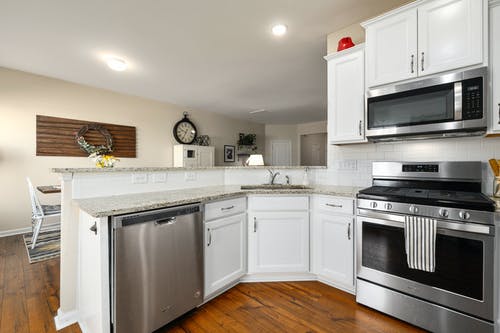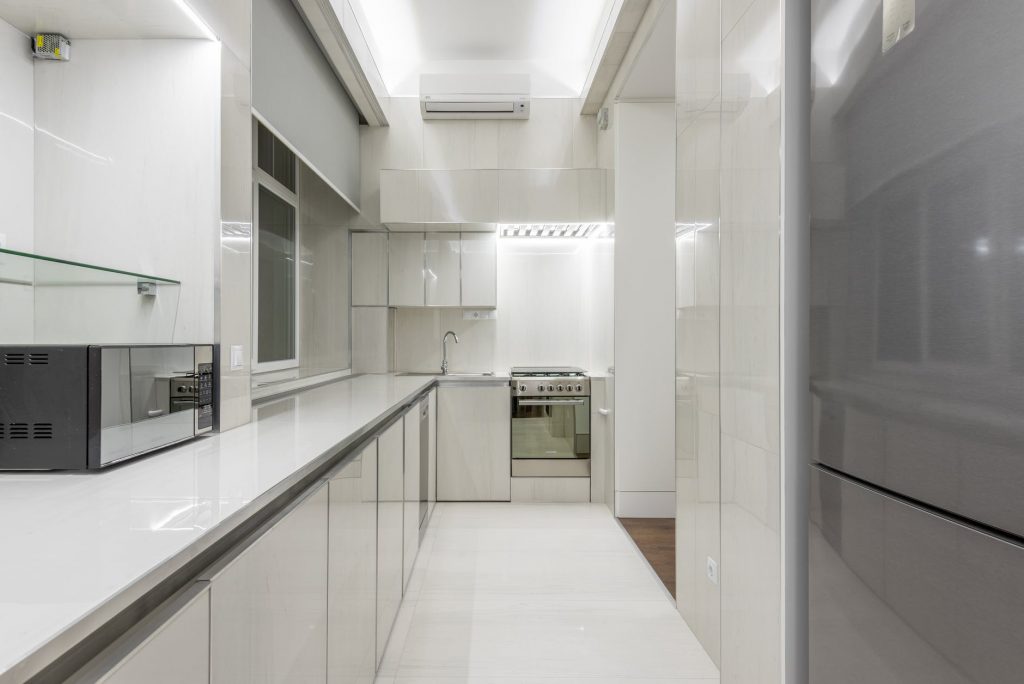Door hardware standards may be difficult to comprehend and time-consuming. Demoralizing in and of itself is the idea of having to remember door hardware language, code requirements, and best practices. The task of constructing commercial or institutional buildings with thousands of openings, each of which requires five to ten pieces of hardware, may appear onerous at first.
Here is a list of frequently used phrases and equipment for individuals who find the process intimidating. There are two key considerations to keep in mind while making your final decision on door hardware: Before closing the door, make sure it’s properly fastened. Please visit where to buy brass handles kitchen cabinets to learn more about the cabinet handles that are available.

The usage of hinges is commonly required while hanging a door. There are only a few categories. Three or five knuckles are the most popular choices. External doors commonly have full-length hinges, which are called “continuous hinges.” The weight and clearance of the hinge, as well as the door’s size, must all be taken into account. This helps to alleviate any stress that could otherwise be placed on the door frame by using pivots. When dealing with heavy doors, pivots are either required or a personal choice.
The first step in securing opportunities is to comprehend the different pieces that make up the jigsaw.
Mechanisms for locking
It’s easy to get overwhelmed by the sheer number of possibilities available in a lock function catalogue, which may typically number in the 50s. An excellent place to start learning about locks is by being familiar with the four most typical roles they perform.
If you have a set of corridors, you don’t need door locks. Using a lever from either side of a latch bolt is always an option. It is possible to alter the degree of confidentiality. Privacy settings are used in locations such as restrooms and dressing rooms. It is possible to use a thumb turn, or a push button/turn to open this sort of lock from the inside rather than a set of keys. There are a variety of locks available, and the best one for your location may be one of those possibilities.
Storeroom locks are used when the outside lever must be locked at all times. Using a key to retract the latch bolt unlocks the door; if the key is removed, it’s locked.

A key in the outer cylinder or a thumb turn, or a push button/turn on the inner cylinder, can be used to open the door or office door lock. If you don’t want the external lever secured, you can leave it unlocked.
In the exterior cylinder, a key can be used to unlock or lock the outer lever of the classroom lock. However, the door cannot be locked or unlocked from inside even if you have the key. In the beginning, this feature was meant for schools to keep youngsters from tampering with the lock, but it has now evolved into a variety of other applications.











